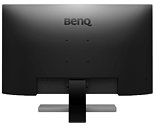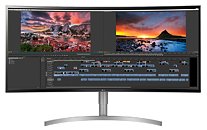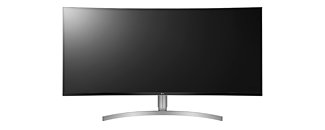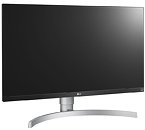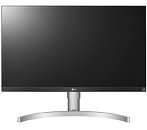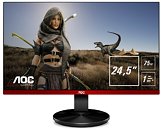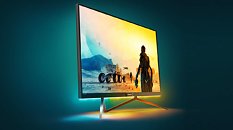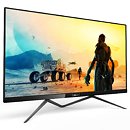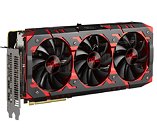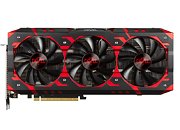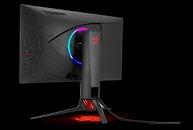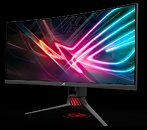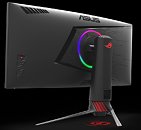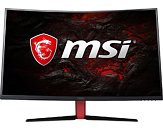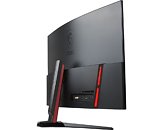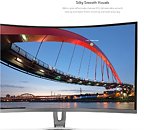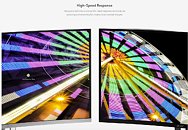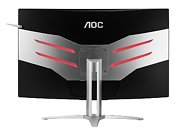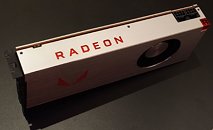
BenQ Announces the EW3270U Monitor: 31.5", 4K, "HDR", AMD FreeSync
BenQ announced availability of their EW3270U desktop PC monitor, which features some well-known quantity in terms of features. The panel itself is a 31.5" affair built upon VA technology, and features 4K resolution (3840 x 2160). There's a 3000:1 contrast ratio, a measly 300 cd/m² brightness (so no, this monitor can't really display HDR content, it can only receive HDR input), a 9 ms response time (with 4 ms gray-to-gray).
There's a somewhat interesting technology at play here though, which BenQ calls Brightness Intelligence Plus Technology (B.I.+ Tech). This tech should somewhat have the unintended effect of wreaking havoc with content: it automatically darkens bright areas so as to reduce contrast with the dark ones. FreeSync was thrown into the display as well, though that should do little to improve its gaming monitor chops. Connectivity-wise, we're looking at a pretty standard 1xDisplayPort 1.2 x, 2x HDMI 2.0, 1x USB-C, and a 3.5 mm audio jack.
There's a somewhat interesting technology at play here though, which BenQ calls Brightness Intelligence Plus Technology (B.I.+ Tech). This tech should somewhat have the unintended effect of wreaking havoc with content: it automatically darkens bright areas so as to reduce contrast with the dark ones. FreeSync was thrown into the display as well, though that should do little to improve its gaming monitor chops. Connectivity-wise, we're looking at a pretty standard 1xDisplayPort 1.2 x, 2x HDMI 2.0, 1x USB-C, and a 3.5 mm audio jack.


